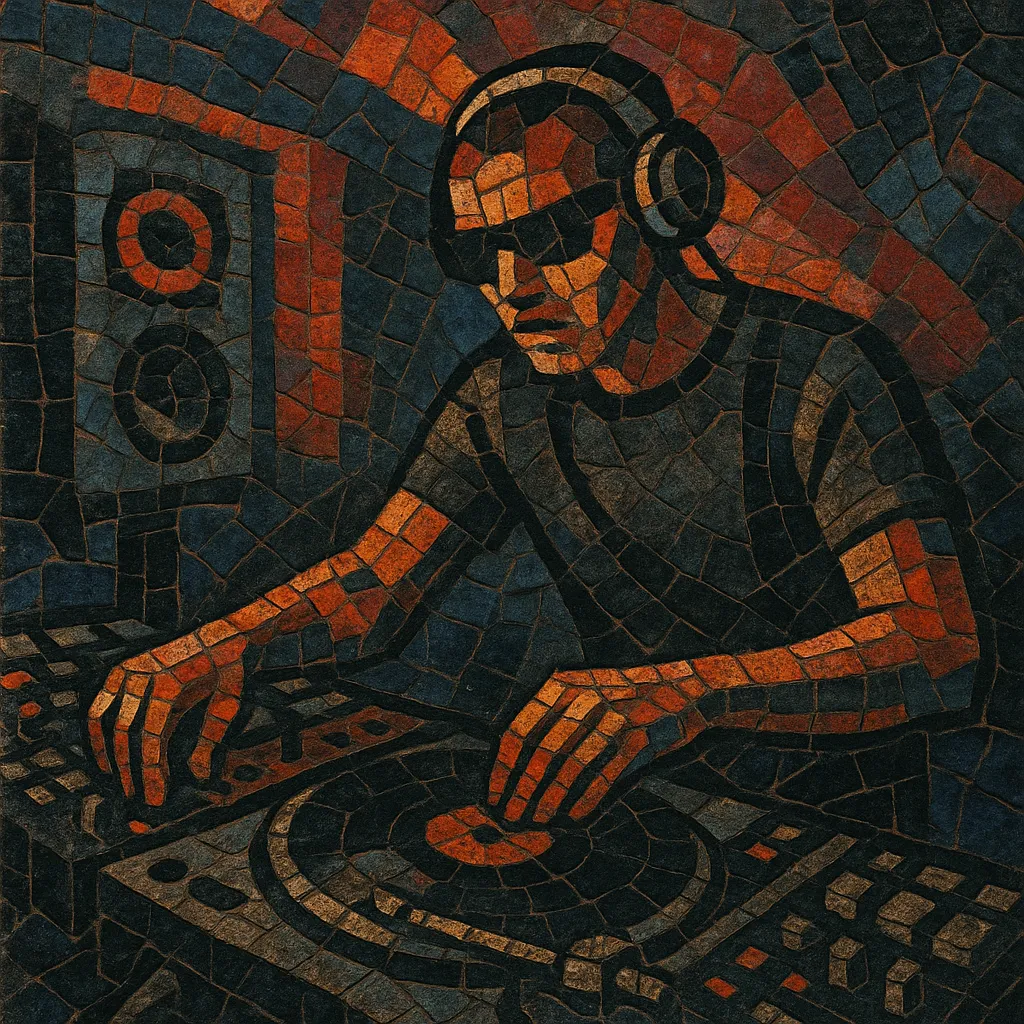Tekno (often spelled with a “k”) is a fast, raw, 4/4 underground dance style born from the European free party movement. It emphasizes pounding kick drums, looping minimal motifs, and improvised, hardware-driven live sets meant for large, DIY sound systems.
Compared with mainstream techno, tekno is harder, faster, and rougher, commonly ranging from 150 to 180 BPM. Aesthetically it favors distorted kicks, sparse but hypnotic synth lines (often acid-tinged), and long-form structures designed for continuous, all‑night dancing at teknivals and warehouse raves.
Tekno emerged in the early 1990s within the free party scene centered around traveling sound systems and outlaw raves. After Britain’s Castlemorton (1992) crackdown, crews such as Spiral Tribe took their DIY ethos to continental Europe, where the sound hardened and accelerated. The spelling “tekno” became a badge of the subculture’s independence from commercial club techno.
France became a major hub as disused industrial spaces and open fields hosted massive teknivals. Producers and live acts refined a signature palette: distorted, overdriven kicks; looping, hypnotic acid lines; and improvisatory live hardware jams. The scene spread through Italy, the Czech Republic, Germany, Benelux, and Eastern Europe, interlinking squats, trucks, and festivals.
Tekno prioritized function over polish: tracks were tools for sound systems, meant to be blended in long, relentless sets. Its community valued anti-commercial, self-organized events and mutual aid. This sonic and cultural stance directly seeded harder offshoots such as hardtek and, by pushing tempo and drive, helped set the stage for frenchcore’s rise.
By the 2000s, annual teknivals drew tens of thousands, and the tekno aesthetic—fast, minimal, distorted—became a cornerstone of Europe’s free party identity. Even as laws tightened, the style persisted, influencing contemporary hard dance and maintaining a global underground presence.


